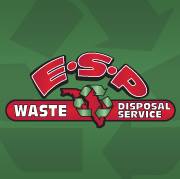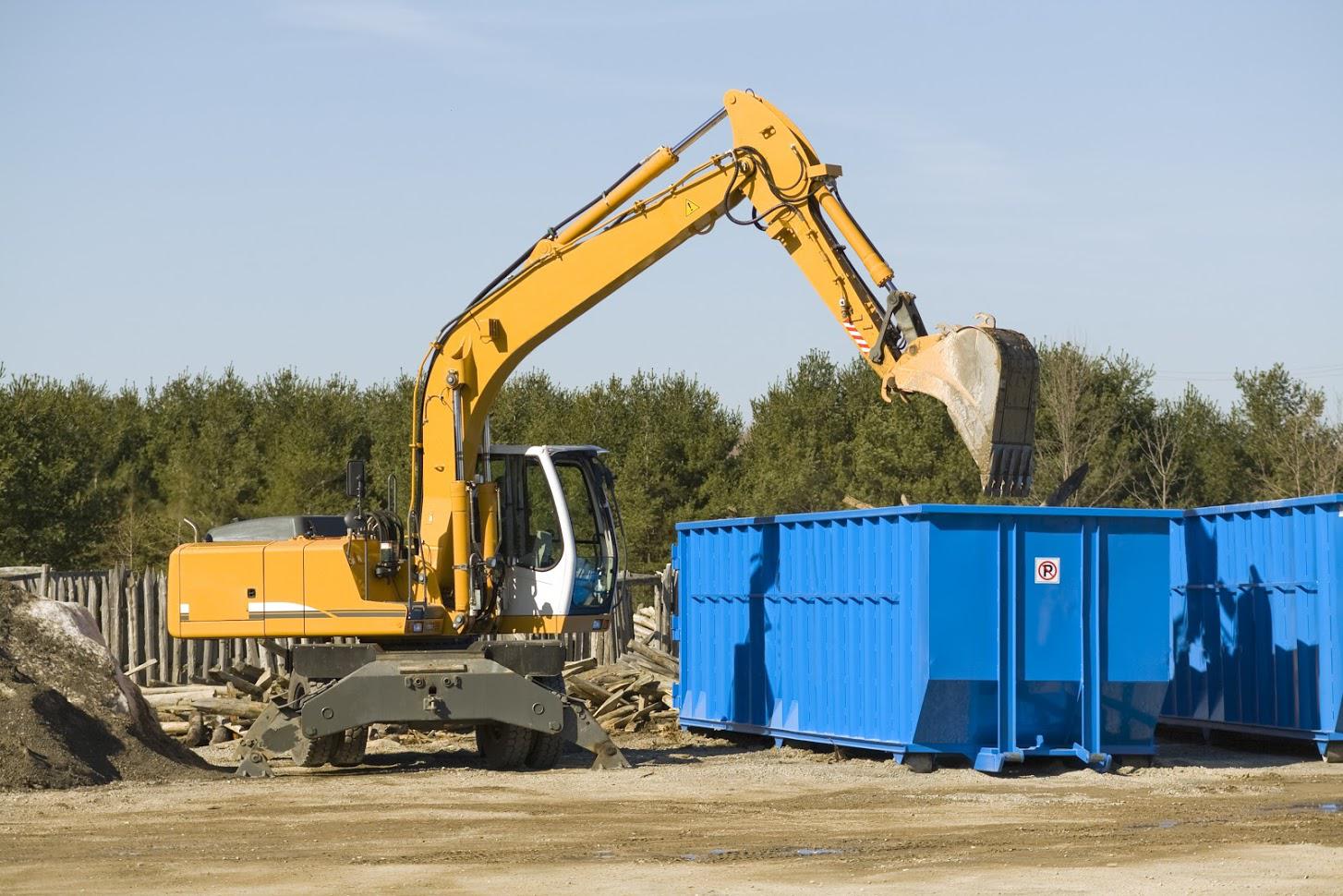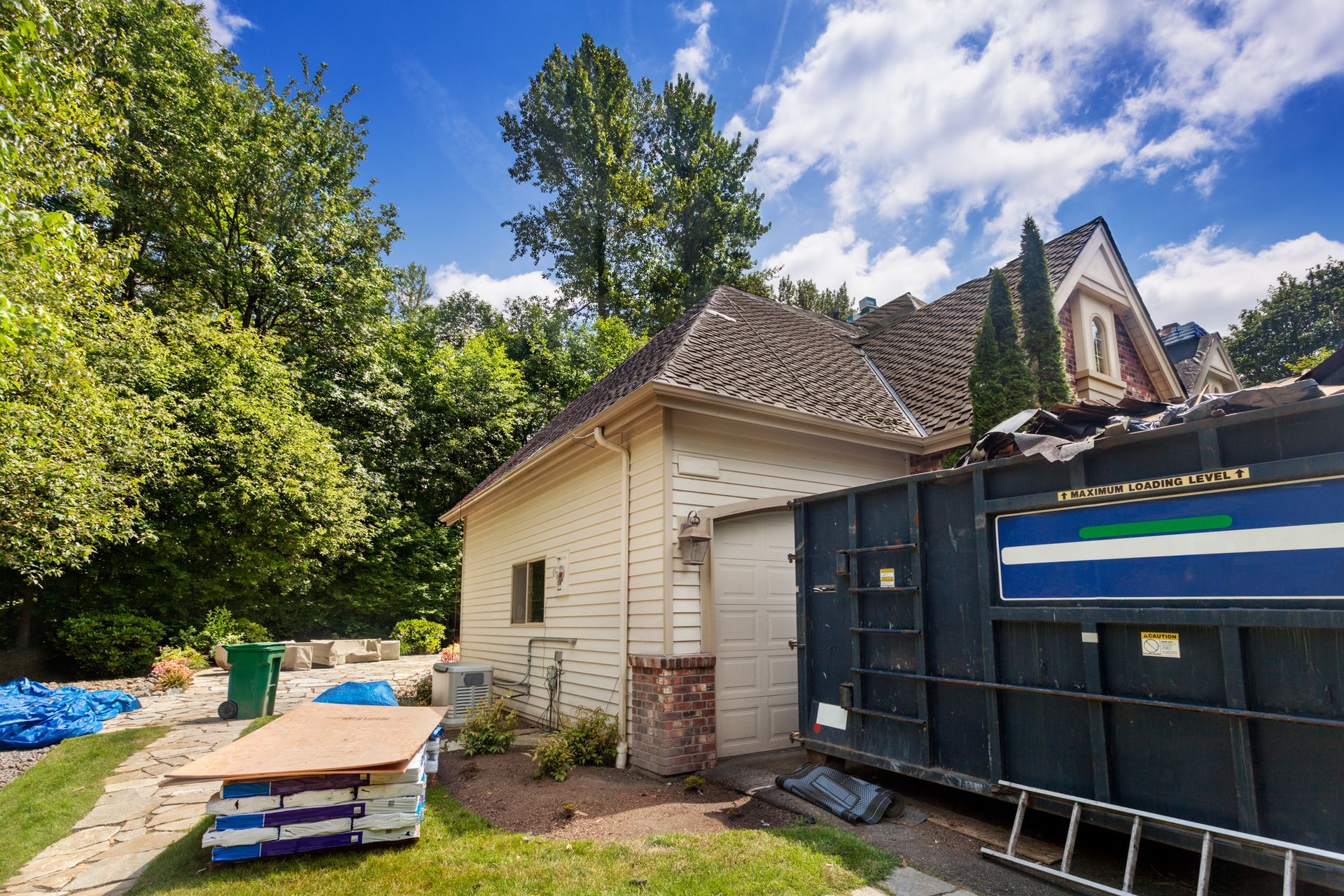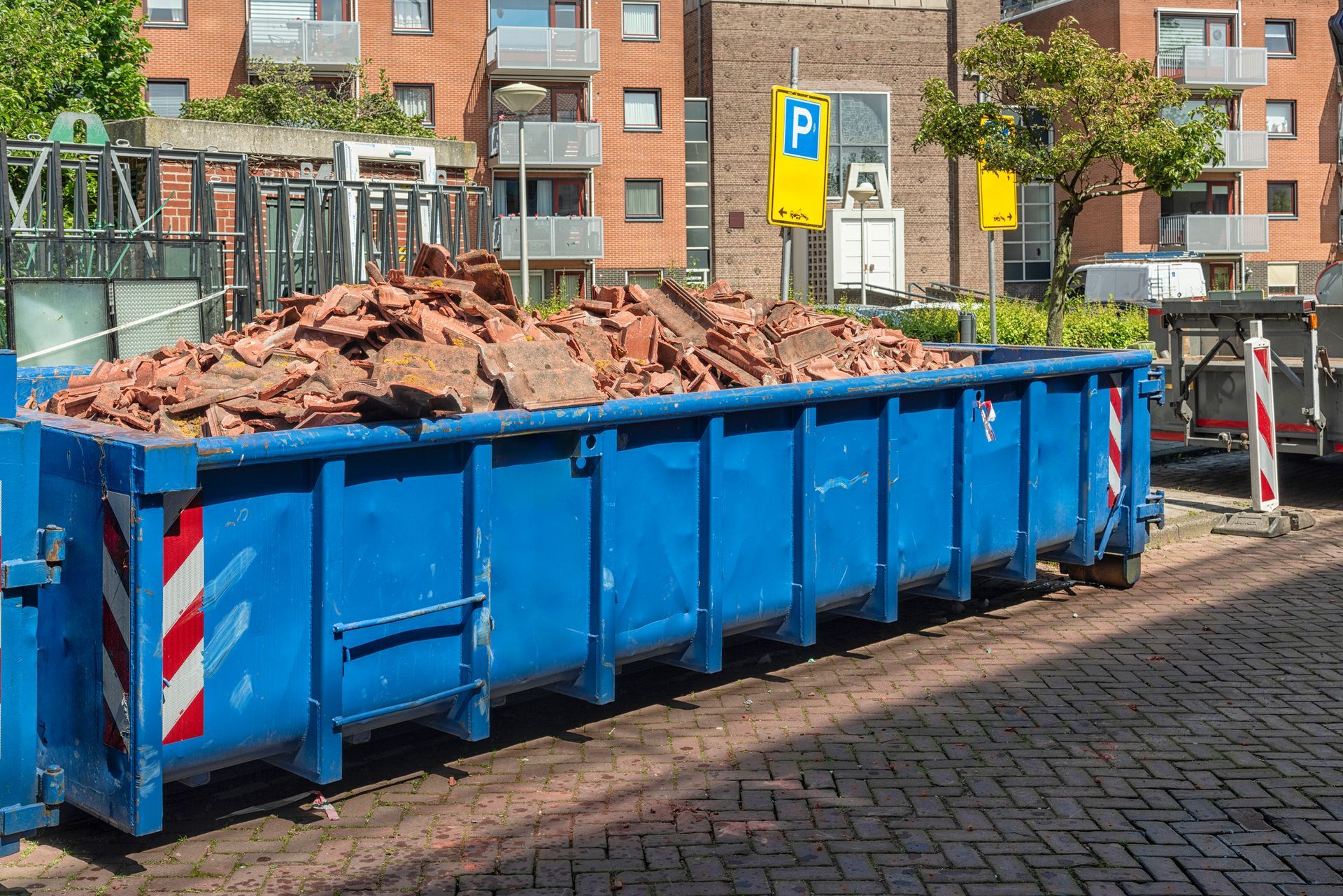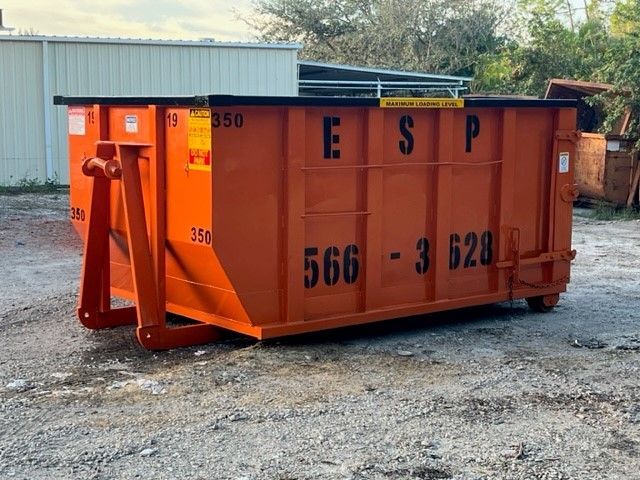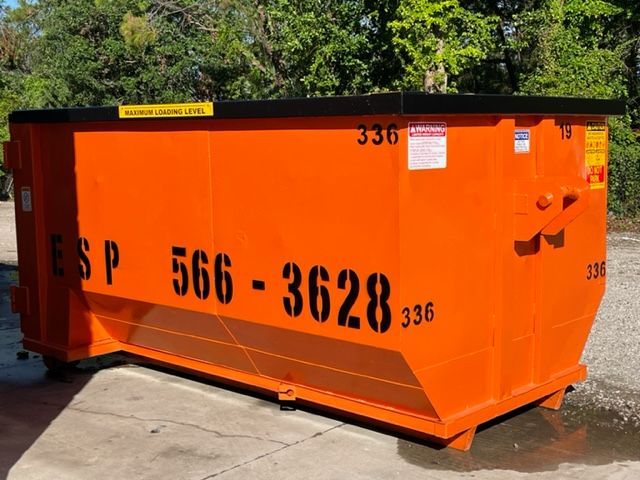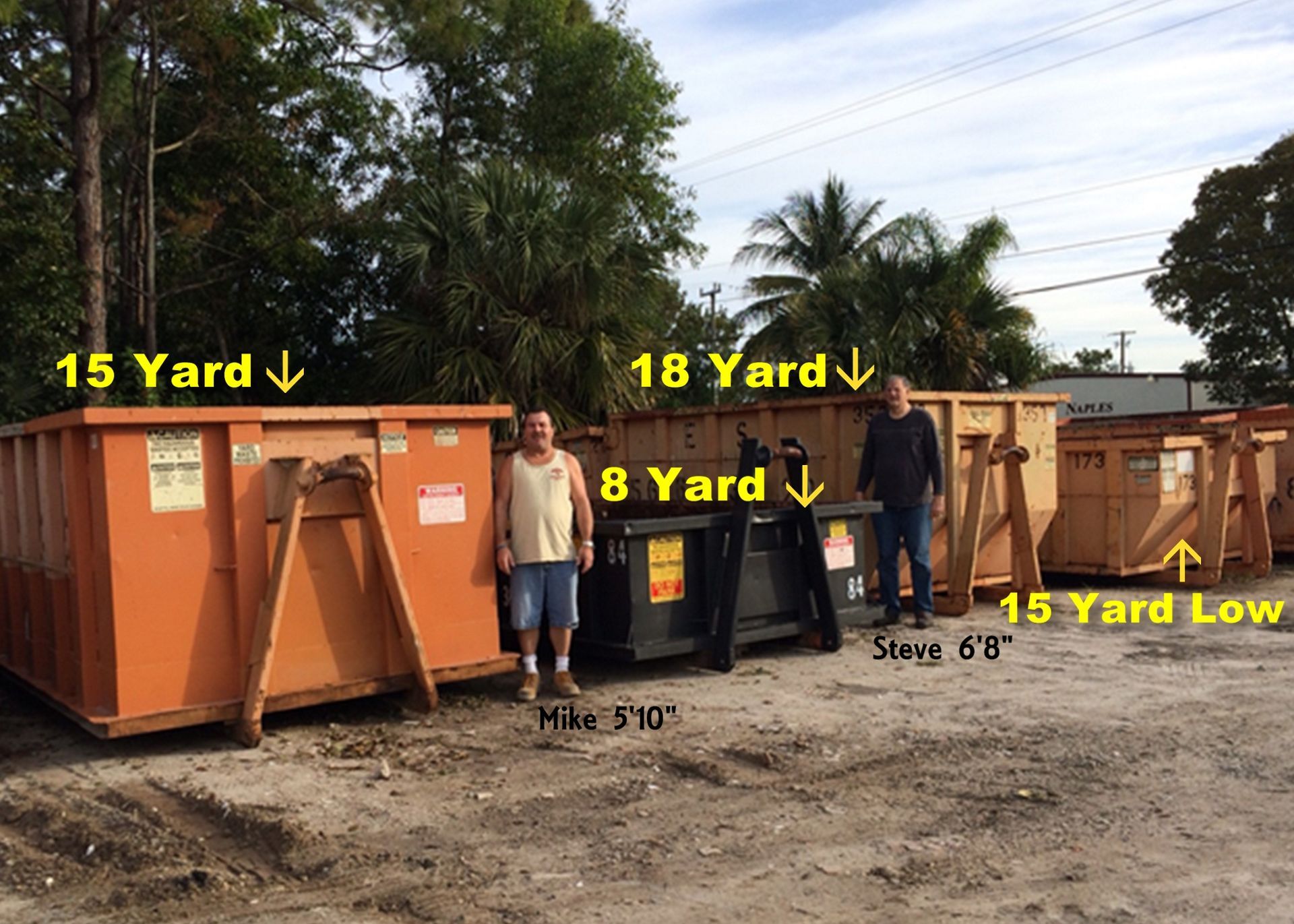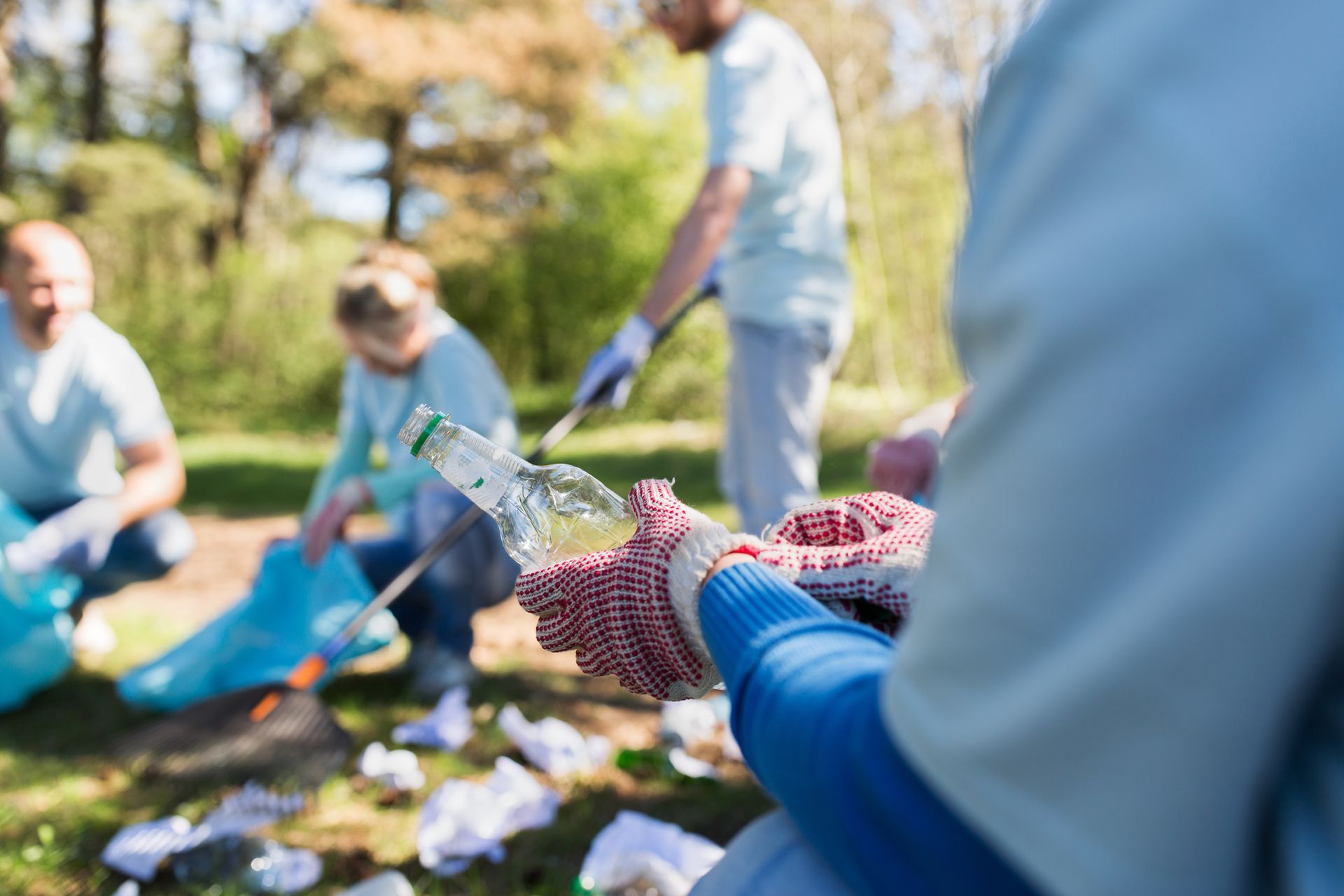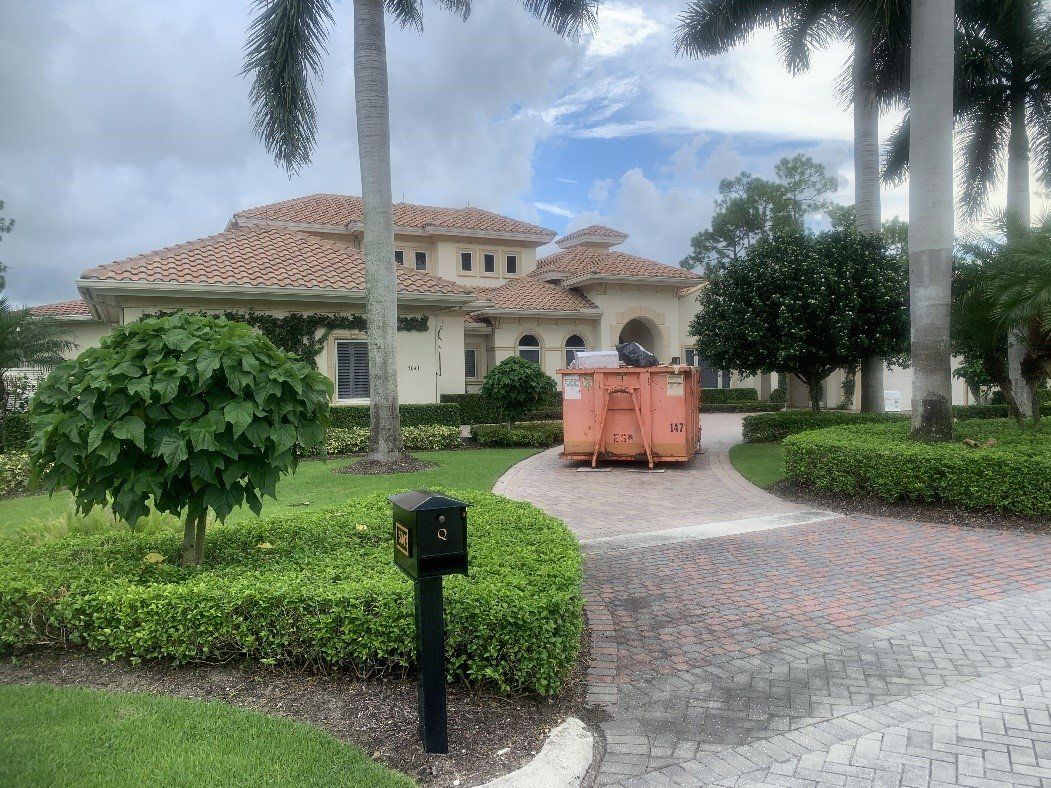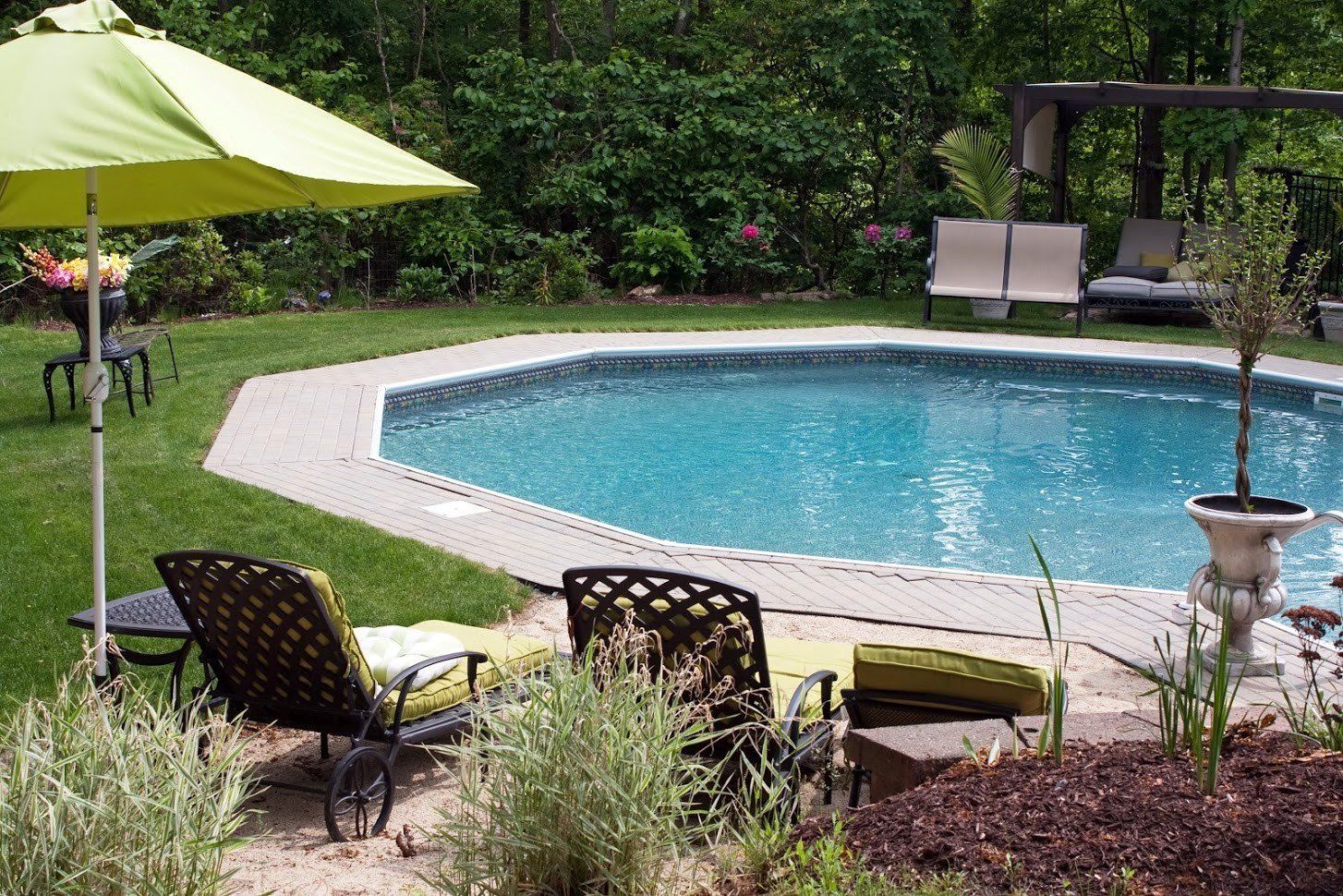8 Ways to Avoid Dumpster Safety Hazards
Being aware of potential safety hazards and protecting against them is essential when using a dumpster rental. Here are eight ways you should avoid dumpster safety hazards at your work site to prevent injury and accidents.
1. Even Weight Distribution
As much as possible, weight should have even distribution within a dumpster when the dumpster is filled . You should not fill a dumpster with heavier contents all in one corner or on one side.
Distributing weight in your dumpster unevenly increases the chances that the dumpster becomes unstable on the ground beneath. Uneven weight distribution increases chances that a dumpster will tip over. Uneven weight distribution also increases risks of accidents happening when your dumpster rental company later transports the dumpster office.
2. Maximum Capacities Observation
You should discuss weight capacities with your dumpster rental provider before your rental period begins. Then, you should estimate the weight of the items you put in your dumpster and avoid going over the maximum capacity.
Dumpsters can only hold so much weight. When the contents exceed dumpster weight capacity, the dumpster is at risk of damage and the dumpster is more difficult and dangerous to transport.
3. Ideal Dumpster Location
Put enough thought into where you locate your dumpster on your work site. Find a dumpster location that simplifies your workflow and prevents possible bottlenecks from developing.
Your dumpster should be in a location where it is free from hazards like heat sources or heavy vehicle traffic. Anticipate possible safety risks and avoid them wherever possible in choosing the safest possible dumpster location.
4. Hazardous Waste Disposal
Evaluate the type of waste you'll dispose of before your dumpster rental period. If any of the waste you need to get rid of is ignitable, chemically reactive, toxic, or corrosive, you need to discuss this with your dumpster rental provider.
You need to follow rules and regulations regarding hazardous waste disposal to both keep your work site safe and avoid penalties or fees that go along with violations. Your dumpster rental provider is a good source of information on hazardous waste disposal regulations and standard practices.
5. Protective Equipment
Workers on your site should wear protective equipment, including goggles and gloves, when they handle waste materials going into your dumpster. Wearing protective equipment prevents a variety of possible injuries including lacerations, infections, and contamination.
6. Fire Hazard Prevention
Disposing of items capable of catching fire like paper products and wooden materials makes a dumpster a possible fire hazard. Therefore, you need to properly train staff members of what they can and can't put into your dumpster to make sure they don't accidentally start a fire.
Workers should not have permission to smoke near your dumpster. They should also not dispose of cigarette butts, lighters, matches, or any other items that could possibly light a fire in your dumpster.
7. Surrounding Debris Removal
Debris easily accumulates around a dumpster on a work site if efforts aren't made to regularly clear it away. You should make sure that your workers put waste into the dumpster and don’t keep it lying it around the dumpster.
Debris surrounding a dumpster creates tripping hazards and increases the chances of a work site injury. By removing surrounding debris, you keep the area around your rental dumpster safer.
8. Kids’ Access Prevention
Dumpsters must be off-limits to kids. Kids might be tempted to play in and around dumpsters. However, dumpsters are definitely not safe for kids because of the contents they contain and the chances that kids can fall inside them and become trapped.
Schedule your dumpster rental with us at ESP Waste & Disposal Service by visiting us online.
